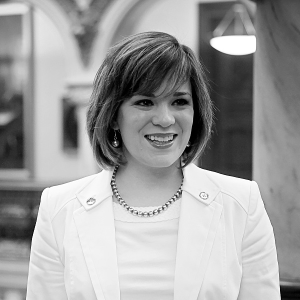January 15, 2015
What happens when the roof on your house starts to leak, your car is totaled, or you have a serious medical issue and you don't have the money to cover your expenses?
According to a recent article 62% of Americans do not have an emergency fund to cover unexpected expenses.
Aside from investments, having an emergency fund is always one of the first topics I review with my clients. It is important to be able to have access to cash quickly.
If cash feels too tight to establish an emergency fund you may consider the following:
1. Plan your meals ahead for the week-being health and price conscious at the grocery store can help to save on pricey non-nutritious meal alternatives.
2. Scale back on beverage habits- $3/day coffee is approx. $75/month! You can brew your own or take advantage of workplace supplied coffee.
3. Know your healthcare coverage and other insurance costs- understanding what your deductibles are inside of any health or insurance coverage gives you parameters on how much you should expect to spend in the worst situations. Not having enough can wipe out all of your savings.
4. Establish a spending plan- know your monthly and annual expenses, create a budget, and stick to it. Ignoring your plan erodes your savings and ability to invest, ultimately hindering your money's ability to work and earn for you.
5. Do not ignore your statements- review your financial statements monthly. Understanding where your money is going and your investment results may provide the pulse that drives your life style.
Talk with your financial advisor about your emergency fund, how it will operate, and how much you should put into it. It is better to be over prepared than underfunded when emergencies arise.
Caroline Hill, Financial Advisor
(This article contains the current opinions of the author but not necessarily those of Brighton Securities Corp. The author's opinions are subject to change without notice. This blog post is for informational purposes only. Forecasts, estimates, and certain information contained herein should not be considered as investment advice or a recommendation of any particular security, strategy or investment product. References to specific securities and their issuers are for illustrative purposes only and are not intended and should not be interpreted as recommendations to purchase or sell such securities).

